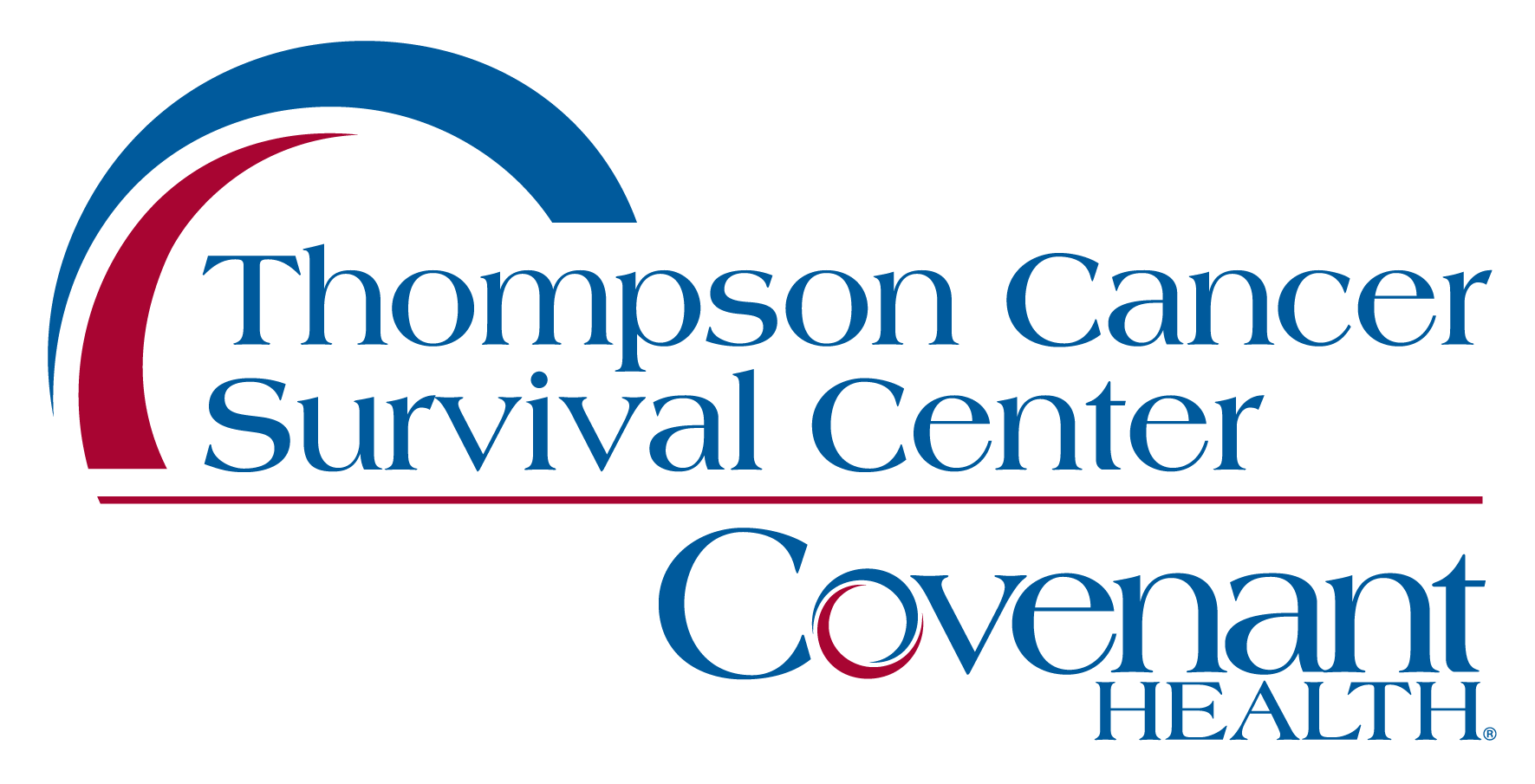Proton Therapy for Head and Neck Cancer

Proton Therapy for Head and Neck Cancers
Proton therapy is a non-surgical, non-invasive form of radiation therapy. Using pencil-beam technology, proton therapy precisely targets head and neck tumors and reduces radiation exposure to eyes, optic nerves, salivary glands, and other vital tissue and organs. Proton therapy can reduce damage to highly sensitive structures in the head and neck, like the oral cavity, spinal cord, eyes, salivary glands and others which minimizes the risk of side effects including difficulties with swallowing, loss of vision, hearing, and taste.
Thompson Proton Center is the ONLY proton therapy center in East Tennessee, allowing you to receive state-of-the-art care close to home.
About Head and Neck Cancer
Cancers of the head and neck include cancers that start in several places in the head and throat, not including brain cancers or cancers of the eye. Each year, approximately 100,000 Americans are diagnosed with a head and neck cancer.
How Proton Therapy Works
Proton therapy can treat head and neck cancers precisely while lowering the risk for side effects during and after treatment.
Proton therapy uses charged particles (protons) rather than x-rays to destroy cancer cells. Protons can be focused directly on the tumor and stop at that target in the body. With extreme accuracy, proton therapy results in excellent rates of cancer control with a lower risk for side effects than other forms of radiation therapy.
The controlled delivery and dosage of proton energy allows direct, customized targeting of the tumor, for the maximum prescribed dosage of radiation. These characteristics of proton therapy can benefit the patient:
- Improved quality of life, during and after treatment, from greater precision in treating the tumor.
- Lower risk of side effects and impact to bodily functions, as unnecessary radiation to nearby healthy tissue and vital organs is prevented.
- Cancer in critical areas or close to organs and structures that could be damaged by radiation can be safely targeted and treated.
- Patients with cancer recurrence, who have previously been treated with radiation can often safely and effectively be retreated with proton therapy to achieve local control.
The physical properties of protons, described by the Bragg-Peak (Figure 1), and the increased conformality of pencil beam scanning to conform to the exact shape of the cancer, make it possible to spare healthy surrounding organs from exposure to unnecessary radiation.
Clinical Benefits of Proton Therapy in Head and Neck Cancer
- 45% reduction in overall risk of needing a feeding tube for nasopharyngeal cancer(3)
- 27% reduction in overall risk of needing a feeding tube for oropharyngeal cancer(1)
- 44% increase of relative five-year disease free survival rate for nasal and paranasal sinus cavity cancers(5)
- Less side effects during first three months after treatment in patients with oropharyngeal cancer, for a quicker return to normal function(2)
- The negative impact on taste, nausea, and painful changes to the mouth was greatly reduced in patients having salivary gland treatment(4)
NOTE: Sources available below.

Learn More:
What to Expect with Proton Therapy
Sources for Clinical Benefits Info
1. Frank SJ, Rosenthal DI, Ang K, et al. Gastrostomy Tubes Decrease by Over 50% With Intensity
Modulated Proton Therapy (IMPT) During the Treatment of Oropharyngeal Cancer Patients: A Case–Control Study. [abstract]. International Journal of Radiation Oncology • Biology • Physics. 2013;87;2;S144
2. Sio T, Lin H-K, et. al. Intensity-Modulated Proton Therapy (IMPT) versus Intensity-Modulated Photon Radiotherapy (IMRT) for Oropharyngeal Cancer: First Comparative Results of Patient-Reported Outcomes. International Journal of Radiation Oncology*Biology*Physics. 2016. 95;4;1107-1114; http://dx.doi.org/10.1016/j.ijrobp.2016.02.044.
3. Holliday EB, Garden A, Rosenthal D, et al. Proton therapy reduces treatment realated toxicities for patients with nasopharyngeal cancer: A case-match control study of intensity-modulated proton therapy and intensity-modulated photon therapy. Int J Part Ther 2015;2(1):1-10.
4. Romesser PB, Cahlon O, Scher E, Zhou Y, et. al. Proton beam radiation therapy results in significantly reduced toxicity compared with intensity-modulated radiation therapy for head and neck tumors that require ipsilateral radiation. Radiotherapy & Onc Eur Soc of Rad and Onc. 2016;118;2;286-292.
5. Patel SH, Wang Z, et. al. Charged particle therapy versus photon therapy for paranasal sinus and nasal cavity malignant diseases: a systematic review and meta-analysis. Lancet Oncol. 2014 Aug;15(9):1027-38. doi: 10.1016/S1470-2045(14)70268-2. Epub 2014 Jun 26.


